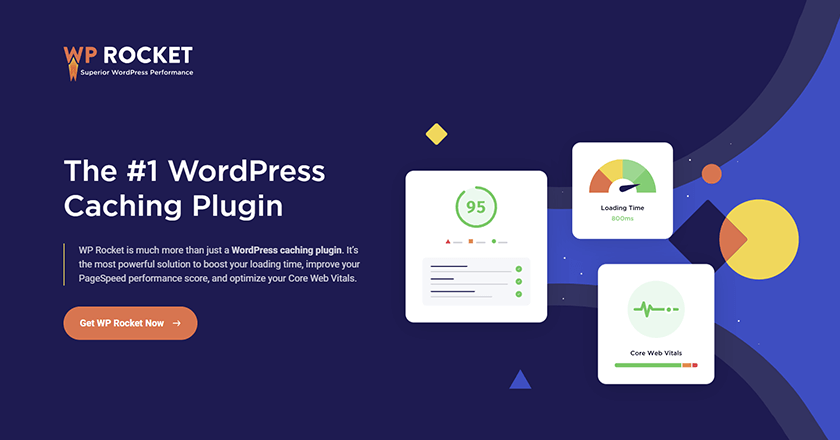Unknown Facts About Litespeed Cache Vs. Wp Rocket
Wiki Article
Litespeed Cache Vs. Wp Rocket Can Be Fun For Everyone
Table of Contents10 Simple Techniques For Litespeed Cache Vs. Wp Rocket9 Simple Techniques For Litespeed Cache Vs. Wp RocketLitespeed Cache Vs. Wp Rocket Fundamentals ExplainedNot known Incorrect Statements About Litespeed Cache Vs. Wp Rocket The 2-Minute Rule for Litespeed Cache Vs. Wp Rocket
They have a smaller sized data dimension, making them less complicated to load. That's a good trade-off if you want much better loading performance.
If you're running your website on Word, Press, you're definitely making use of plugins and widgets to include capabilities to your site. Every plugin you set up adds a bit of code to your web page, making it much heavier than it should be.
Let's state your web server is based in Australia, however you have many visitors from India. As opposed to sending data straight from Australia, the CDN can send data from a web server in India, making this procedure faster and a lot more reliable. Redirects are an all-natural part of any type of web site, and there's nothing wrong with them.
The Definitive Guide to Litespeed Cache Vs. Wp Rocket
They won't substantially slow you down. In the instance of redirect chains, they will. By linking as close to the last destination as possible, you avoid developing too many redirects and hence, lower your internet site's lots. Unsurprisingly, several of the ideal sources for enhancing your site are from Google.This device provides a waterfall layout of just how all the assets load on your website - LiteSpeed Cache vs. WP Rocket.
Do not blind yourself to ratings and metrics as those numbers are not rep of all your site visitors. Every individual is different. Every site visitor makes use of an additional type of internet connection, gadget, and internet browser. Figure out who your individuals are, exactly how they access your website, and what they do while they're there.
Use the suggestions to get started on enhancing your page speed, yet do take these with a grain of salt. They are excellent starting factors, but there is so a lot more you can do!
This will certainly decrease latency and result in renovations to your web page rate because it lowers any possibility of a delay or the number of round journeys created.
All About Litespeed Cache Vs. Wp Rocket
As website modern technology, like the growth and vast use Java, Manuscript libraries, has advanced with time, using this technology has been solidified by the speed, or data transfer, of Net links and the processing and memory sources of devices. Simply put: the more data and sources the server sends out to the browser, the longer it takes to deliver the "plan" throughout a web link and the slower the page will be aesthetically made in the internet internet browser and come to be functional.This is so when a visitor visits this site again, it doesn't have to refill the whole web page. This benefits web page rate, as this saves money on time spent sending numerous HTTP requests to the server. A fringe benefit is the reduction More about the author of data transfer and as a result the general expense of holding your website.
This will certainly minimize latency and result in improvements to your web page speed because it minimizes any type of possibility of a hold-up or the number of round journeys created.
As websites innovation, like the growth and wide usage of Java, Manuscript libraries, has actually progressed over time, the use of this modern technology has actually been toughened up by the rate, or data transfer, of Internet links and the processing and memory resources of devices. In brief: the much more information and sources the web server sends to the browser, the longer it requires to deliver the "plan" throughout an internet connection and the slower the web page will be aesthetically rendered in the internet browser and become functional.
Web page rate effects traffic throughout helpful site all channels and sources, however considering that Google has led innovations being used page rate in internet search ranking algorithms, lowering latency has actually become a core component of search engine optimization. While anything that includes time to the web page rendering process is a page speed aspect, there are a number of issues that are most common: The time in between when the customer or web browser demands the web page and the first More Info response from the web server is called the web server response time, additionally determined as Time To First Byte (TTFB), or the moment at which the server sends the very first information that the web browser can make use of to construct and render the page.
Report this wiki page